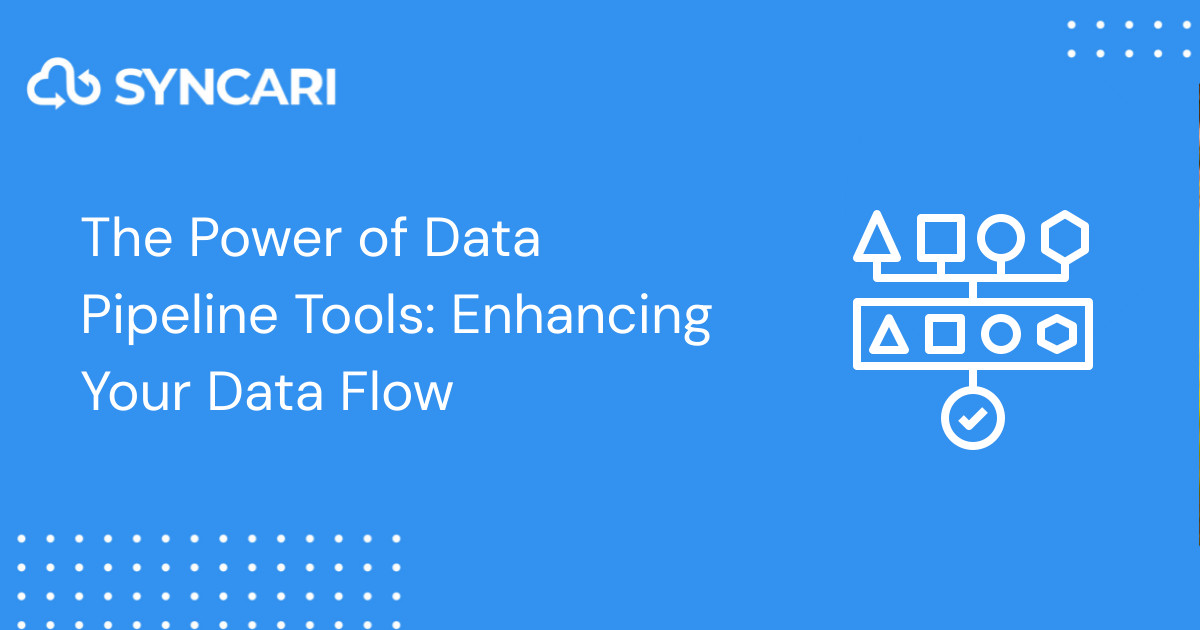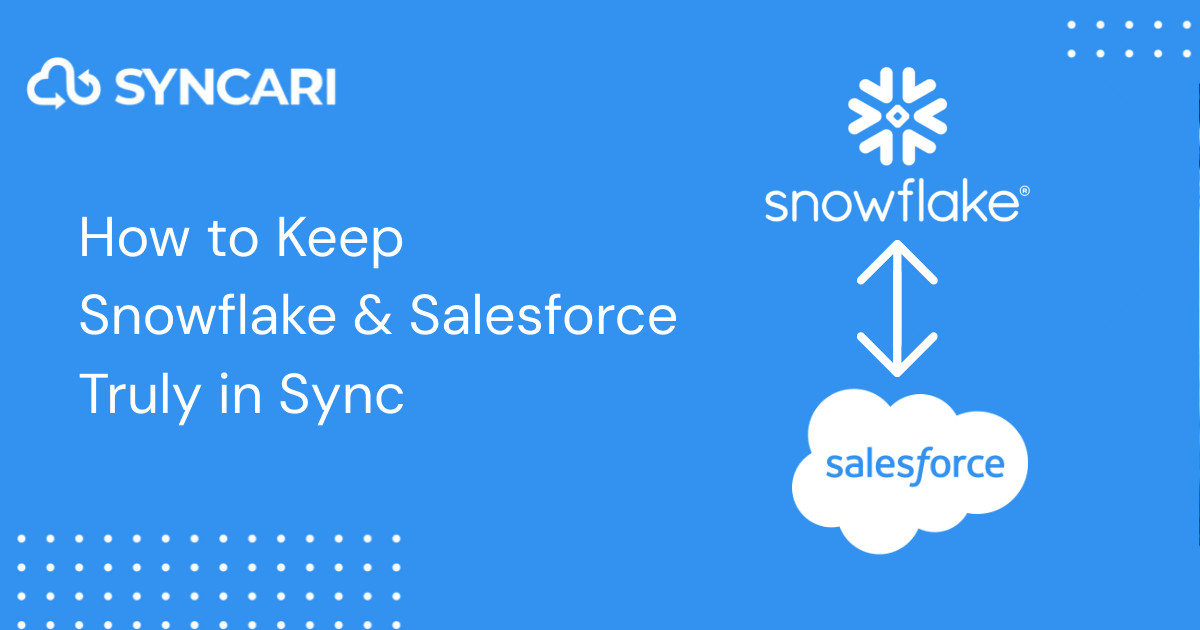
Data automation
Having trouble integrating backend systems?
The problem is that every one of those systems—CRM, ERP, HCM—has a different data model. They don’t integrate and this causes mismatches, sync errors, and discrepancies that cause real harms to the business. For example, halting your M&A transaction or digital transformation initiative. To circumvent these issues, try a method we call “data automation.”







